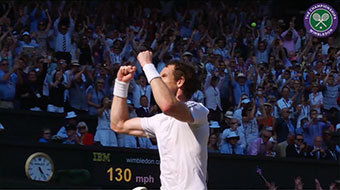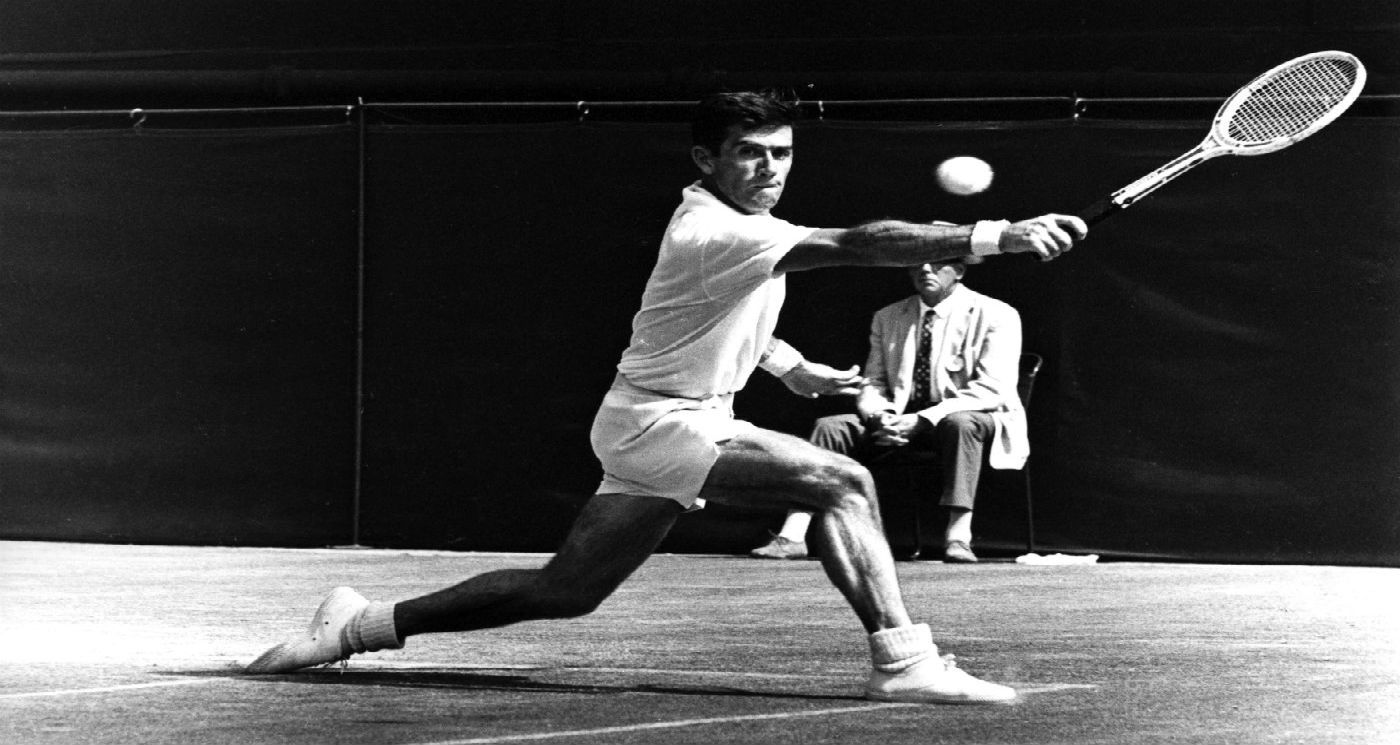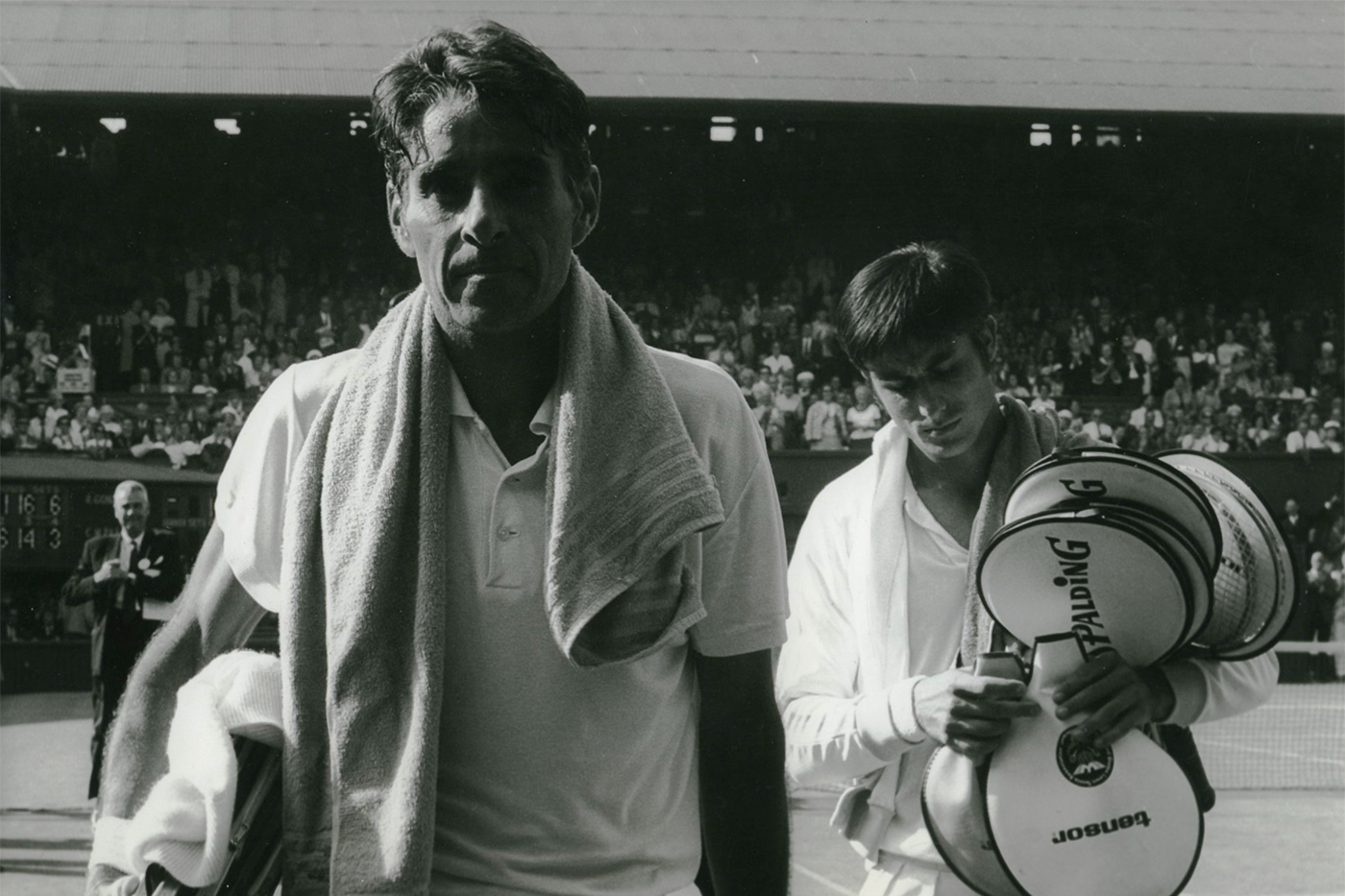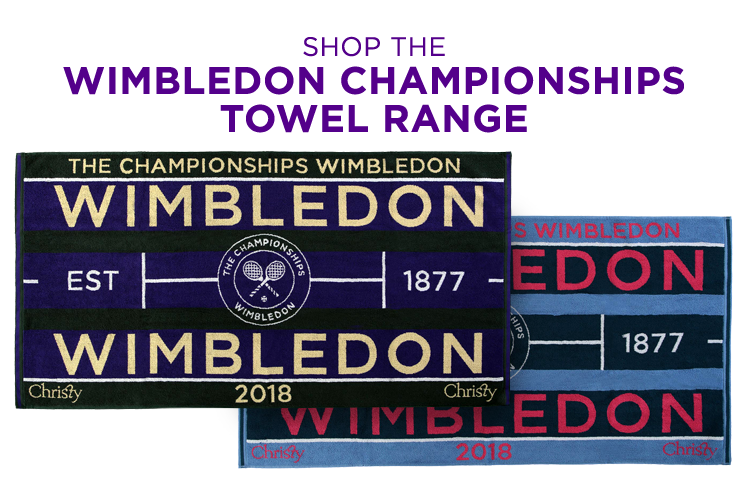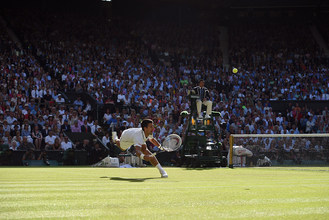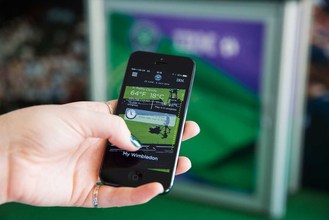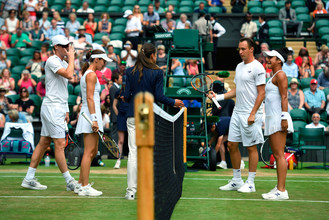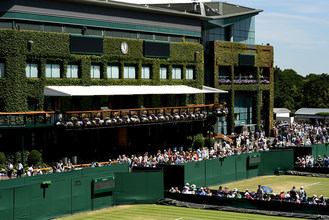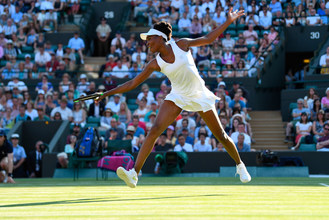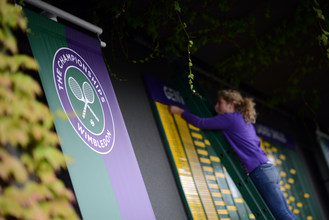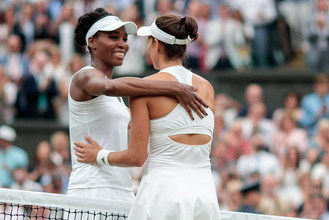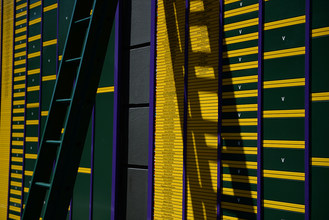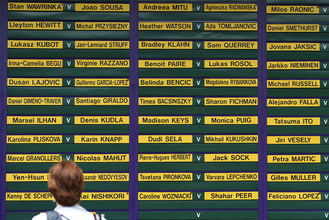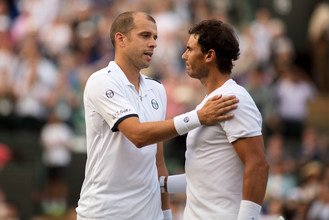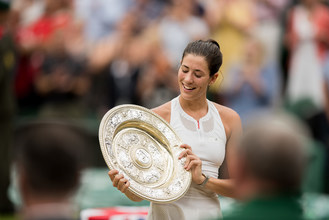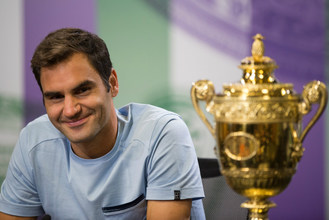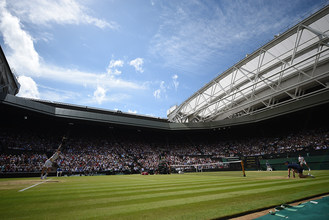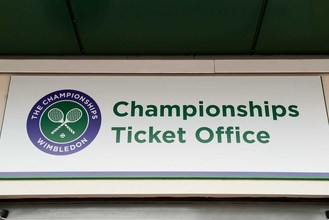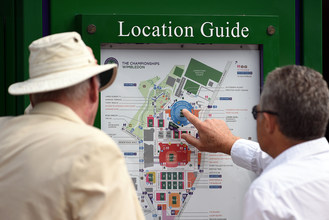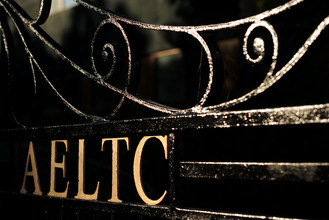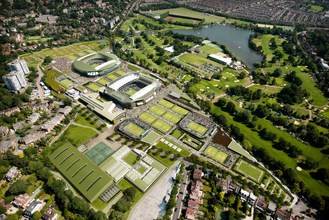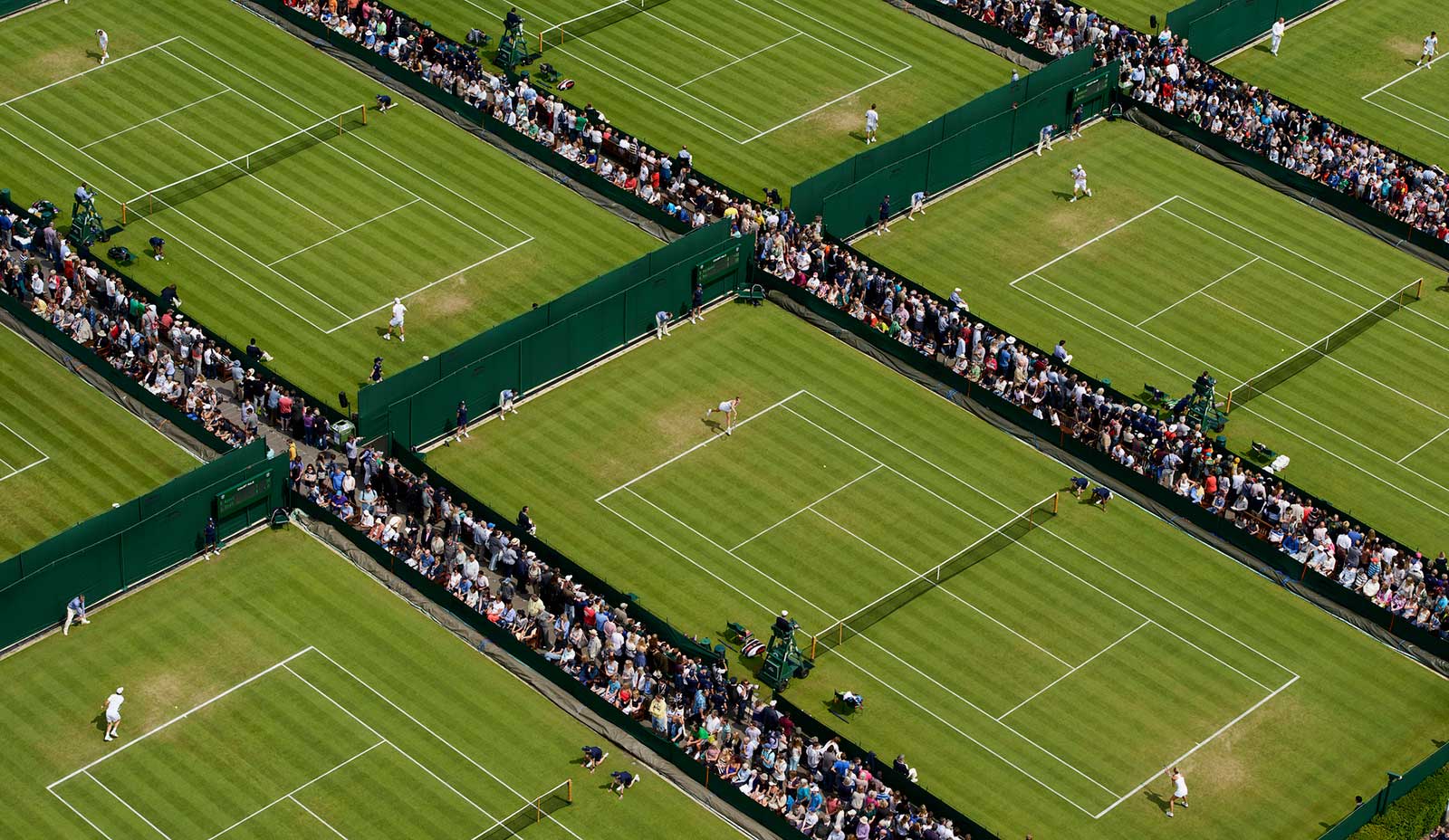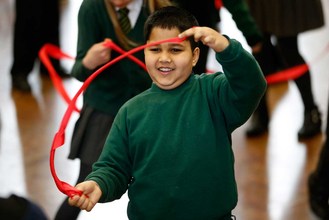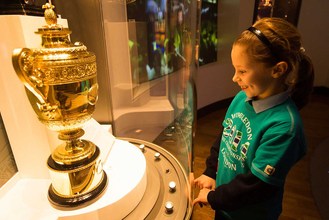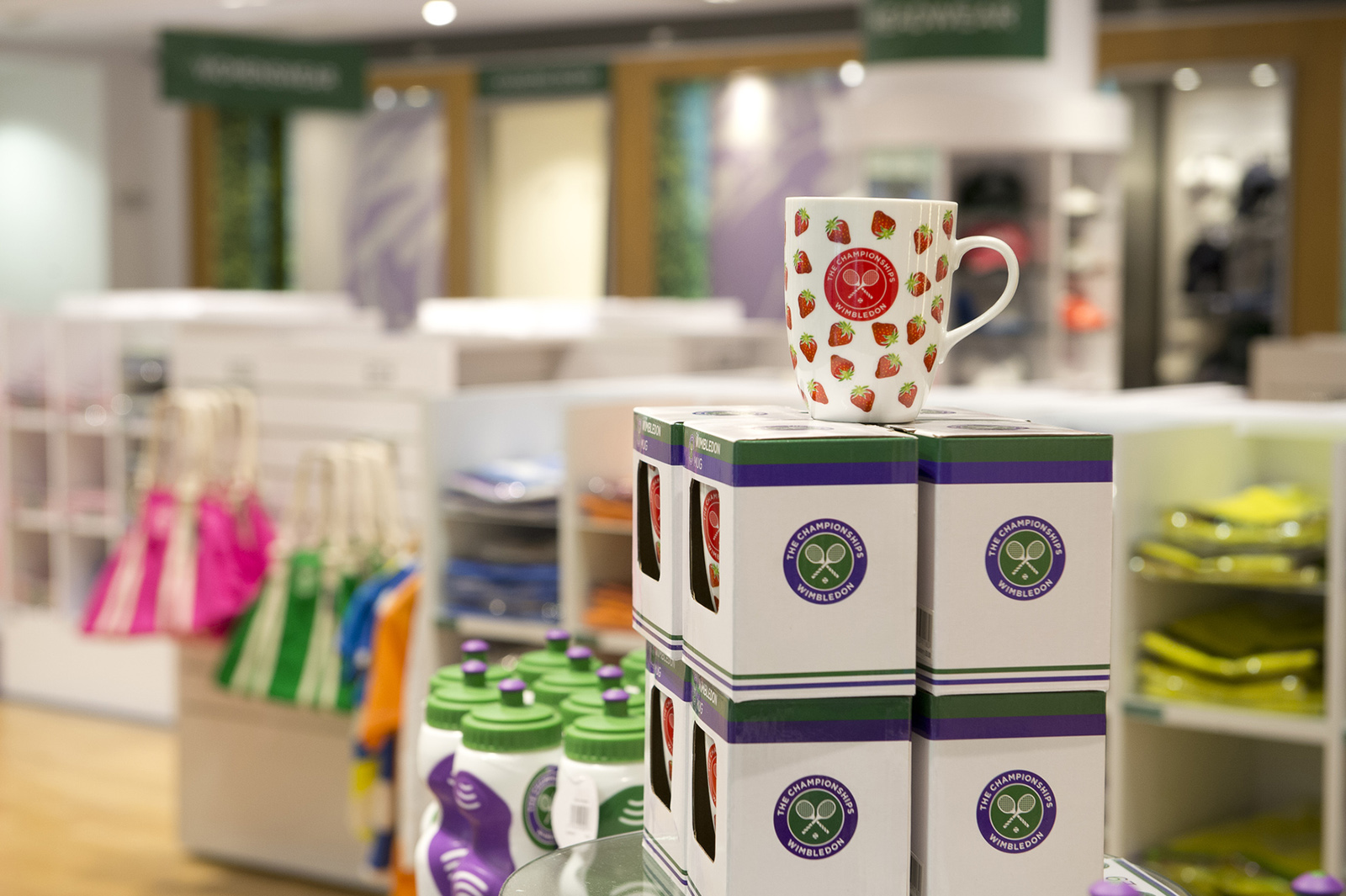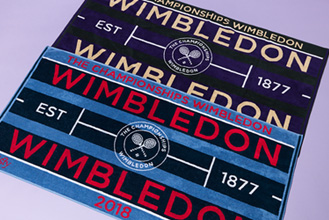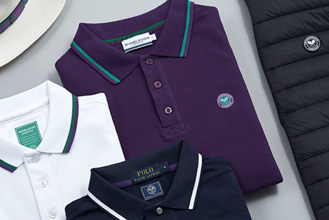To mark the 50th anniversary of what was a key moment in tennis history, Butch Buchholz, Andres Gimeno, Dennis Ralston, Rod Laver, Ken Rosewall, Fred Stolle, Jenny Hoad, widow of Lew Hoad, and Rita Agassi, widow of Pancho Gonzales were invited to the Royal Box on Wednesday as special guests of the Chairman.
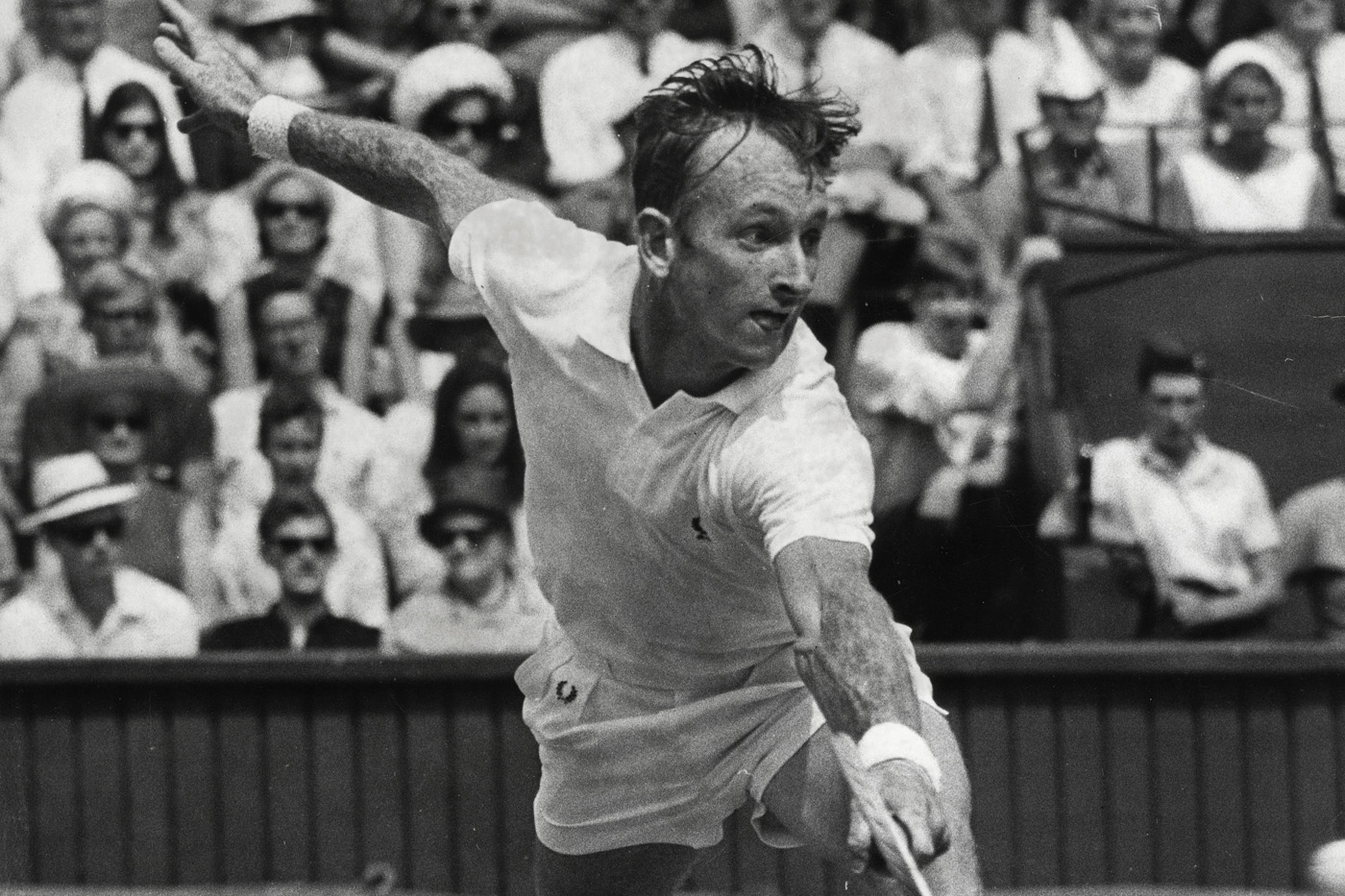
Fifty years ago, on an August Bank Holiday in the summer of 1967, eight of the world’s leading professionals descended on the All England Club for what would become a watershed moment in the history of tennis.
Previously, Wimbledon, like the other Grand Slams, had been the sole preserve of amateur players, who competed without financial remuneration - as Rod Laver said, he received “a £15 voucher and a firm handshake” upon his gentlemen’s singles triumphs in 1961 and 1962.
As such, many players were tempted to cash in on their abilities by turning professional, thus foregoing their right to play major events like Wimbledon.
But the winds of change were blowing in the mid-60s, and the move towards open tennis was gaining momentum. The All England Club and then-chairman Herman David were at the forefront of the campaign, with David convincing much of the tennis hierarchy of the “shamateurism” that had, in his words, made international tennis “a living lie”.
Indeed, many leading amateurs - who were supposed to obtain permission from their federations to play abroad and account for all expenses - were known to be earning a living by accepting illicit payments, and the talent drain from the amateur ranks to the professional circuit was growing.
A motion to switch to open tennis was defeated by just five votes at an International Lawn Tennis Federation (ILTF) meeting in 1960, while the Club was defeated in an attempt to go it alone in 1964.
With frustrations mounting, the Club showed its hand. Shortly before the 1967 Championships, it announced that an eight-man professional tournament - the ‘Wimbledon World Lawn Professional Championships’ - would be held that summer, allowing touring professionals to set a competitive foot on the Club’s lawns for the first time.
And so arrived the players for this seminal moment in tennis history. “These eight professionals have come home to the scene of their former triumphs”, wrote David in the event’s programme foreword.
Among the group was Rod Laver who, then aged 29, was fast establishing himself as one of the finest talents in the game’s history. Already a two-time Gentlemen’s Singles Champion, the Australian had last graced the Wimbledon grass in 1962, the year in which he became just the second man to win the calendar Grand Slam, and was coming back to Wimbledon with his star firmly in the ascendancy.
Joining him was American Pancho Gonzales, widely regarded to be one of the greatest players never to win Wimbledon. Then 39, Gonzales had competed just once at Wimbledon, in 1949, but had held the world No.1 ranking for an astonishing eight years between 1952 and 1960, and won 12 major singles titles on the professional circuit.
A 32-year-old Ken Rosewall was welcomed back to Wimbledon for the first time since 1956, when he reached the final. Beginning his professional career in 1957, the Australian would go on to win a record 15 professional major singles titles, and reach a total of 35 major singles finals in the entirety of his career, including four at Wimbledon.
Also 32 was Lewis Hoad, who returned to Wimbledon for the first time since 1957, having turned professional shortly after winning his second consecutive gentlemen’s singles title. That year, Hoad produced one of the finest performances ever seen in a Wimbledon final, beating his fellow Australian and second seed Ashley Cooper 6-2, 6-1, 6-2 in 55 minutes.
One of Spain’s finest tennis exports, Andres Gimeno, then 30, was once again playing at Wimbledon after turning professional in 1960. In the event programme, Sir John Smyth described Gimeno as a player with “beautiful footwork and balance” and “not a weakness in his game”.
Earl H. ‘Butch' Buchholz, then 26, arrived at Wimbledon a player “with all the potential in the world” according to Smyth, having pushed top seed and eventual champion Neale Fraser to the limit on his previous outing at the Club in the 1960 quarter-finals.
Dennis Ralston, then 25, arrived with recent Wimbledon pedigree, having reached the Gentlemen’s Singles Final in 1966. The American turned professional later that year, and enjoyed a stellar start to his professional career, earning wins over both Laver and Rosewall.
Similarly to Ralston, Fred Stolle, then 29, had enjoyed recent strong runs at Wimbledon, reaching three consecutive Gentlemen’s Singles Finals between 1963 and 1965. While the singles crown evaded the Australian, he did pick up two gentlemen’s doubles titles and three in the mixed doubles.
Between them, these eight players combined to produce an outstanding weekend of tennis that would help shape the future of the sport.
Staged in collaboration with BBC2, who were keen to augment the colour television service they had launched a few weeks earlier at the 1967 Championships, the tournament was played in front of packed Centre Court crowds, and comprised of a singles and doubles draw.
In the doubles, Gimeno and Gonzales triumphed 6-4, 14-12 over Laver and Stolle, while Laver beat Rosewall 6-2, 6-2, 12-10 in a high quality singles final.
The tournament was an unmitigated success, and strengthened the Club’s determination to make the 1968 Championships an open one. The LTA supported the Club’s proposal, and in March 1968 the ILTF agreed to change, bringing about the advent of the Open Era.

